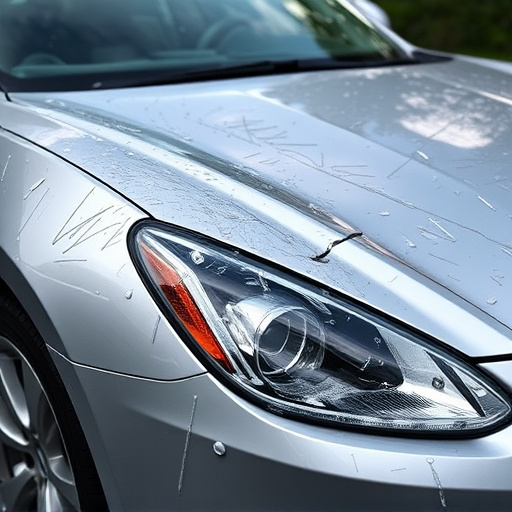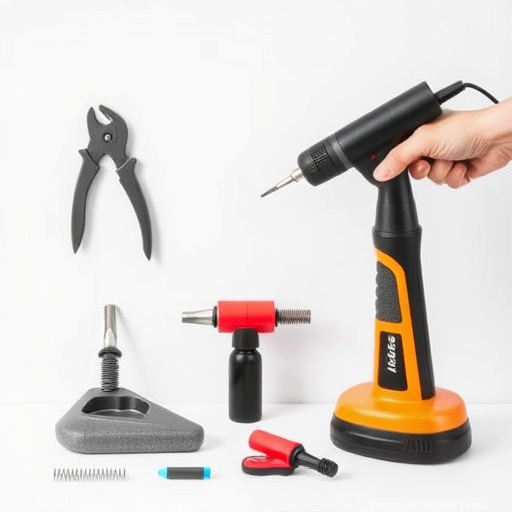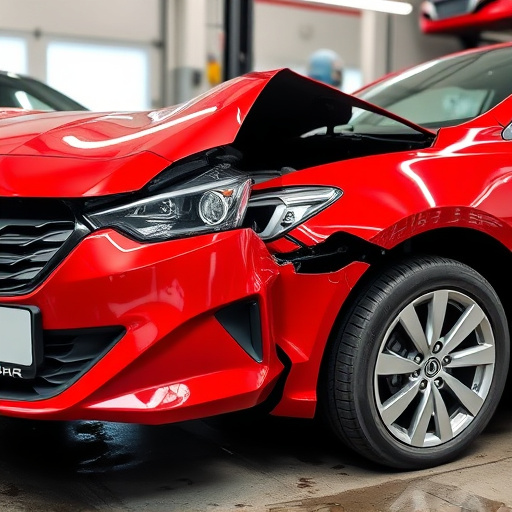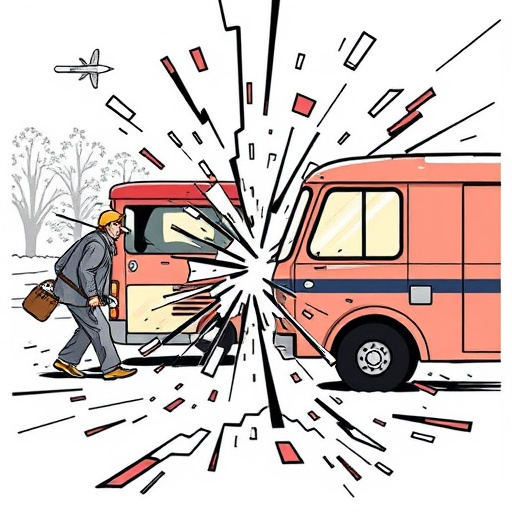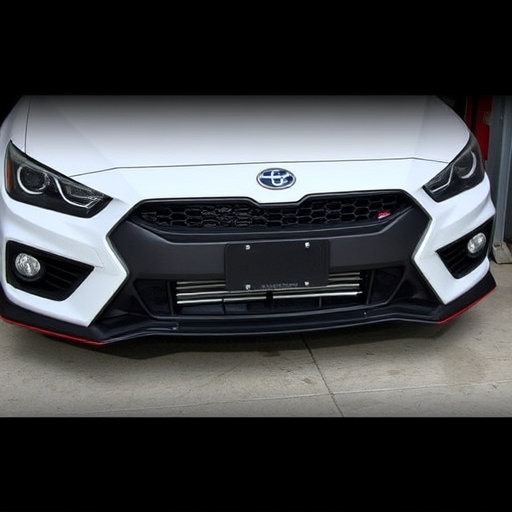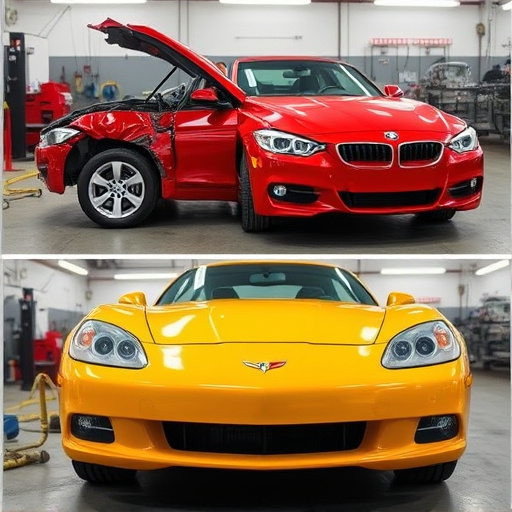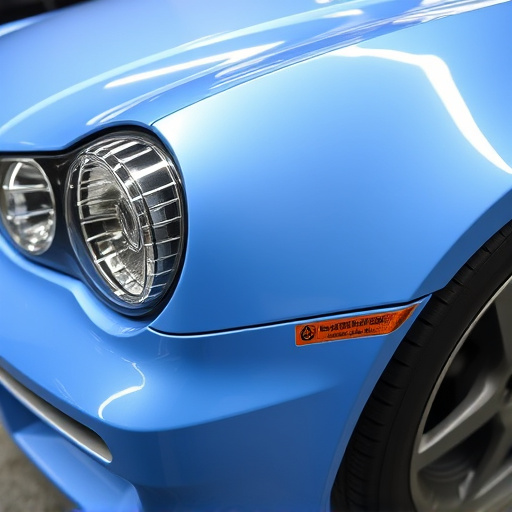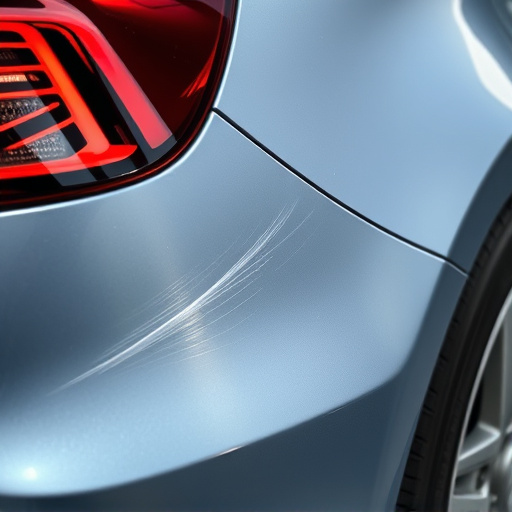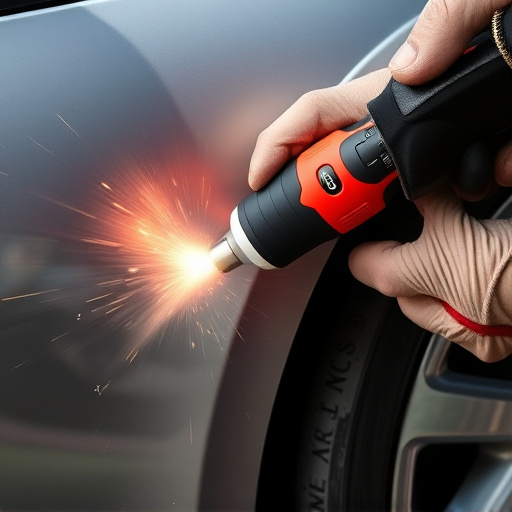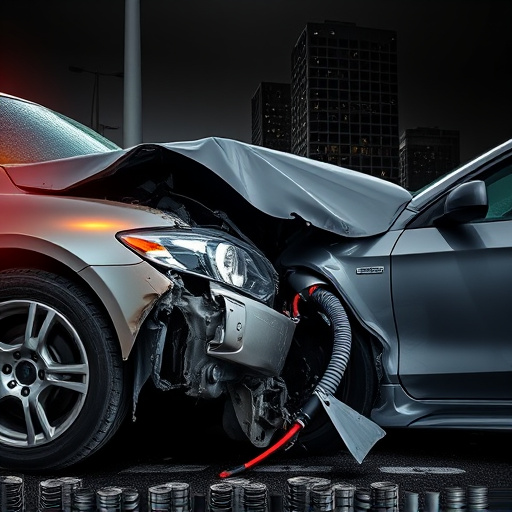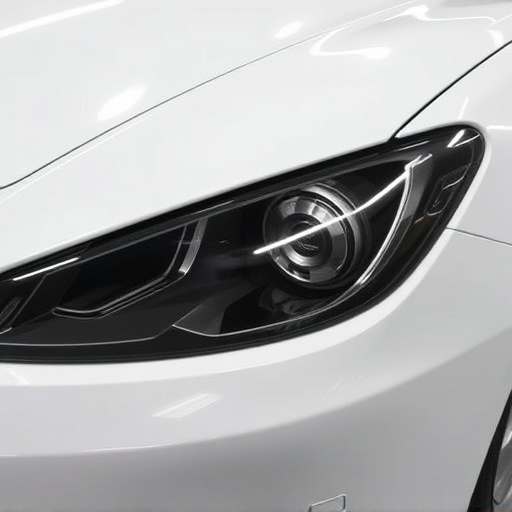The Mercedes rear light assembly is a critical safety component featuring LED lights protected by lenses within a robust housing. Common issues include faulty bulbs and damaged wiring from hail or other impacts. Accessing and replacing these lights requires vehicle stabilization, cover removal, bulb/wiring replacement, reattachment, and cover reinstatement – consult owner's manual for model-specific guidance. Regular maintenance and professional repair services are recommended to ensure safety, reliability, and aesthetic preservation for this sophisticated Mercedes component.
Uncover the intricacies of your Mercedes’ lighting system with our comprehensive guide to the rear light assembly. This article breaks down the complex structure of Mercedes rear lights, helping you navigate their intricate design. We highlight common issues that may arise and provide valuable troubleshooting tips to keep your vehicle’s tailights functioning optimally. Additionally, a detailed step-by-step guide on accessing and replacing rear lights ensures you’re prepared for any maintenance tasks. Discover how to maintain the safety and aesthetics of your Mercedes through understanding its rear light assembly.
- Unpacking the Mercedes Rear Light Assembly Structure
- Common Issues and Troubleshooting Tips
- Accessing and Replacing Rear Lights: A Step-by-Step Guide
Unpacking the Mercedes Rear Light Assembly Structure
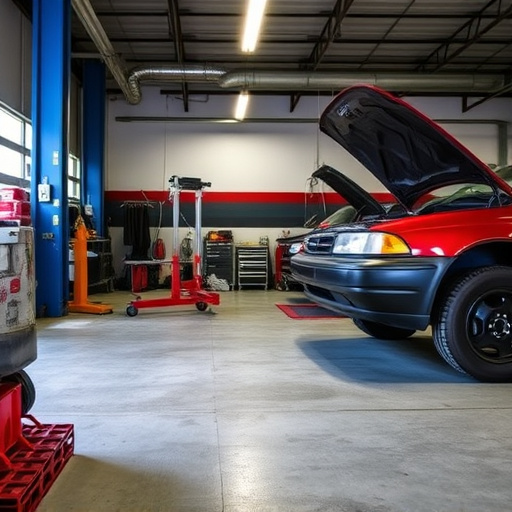
The Mercedes rear light assembly is a complex yet sophisticated component that plays a vital role in enhancing vehicle safety and visibility on the road. At its core, this assembly comprises several key parts working in harmony to ensure optimal performance. The structure typically includes the housing or shell, which forms the exterior cover, and houses the inner components. Within this housing, you’ll find the light source—often high-intensity LEDs—that produces the illuminated signal. A lens or transparent cover is then positioned over the lights to distribute and focus the beam, ensuring a clear and bright signal that can be seen from various angles.
The assembly’s design integrates seamlessly with the car’s overall aesthetics, reflecting Mercedes-Benz’s commitment to both style and functionality. The housing is designed not only to house the lighting components but also to withstand the rigors of everyday driving conditions, including exposure to weather elements and potential impacts during auto maintenance or accidents. This robust construction contributes to the long-term reliability and durability of the rear light assembly, a critical aspect in ensuring the safety of drivers and pedestrians alike, particularly when executed by a skilled auto repair shop and reflected in the car’s overall bodywork.
Common Issues and Troubleshooting Tips
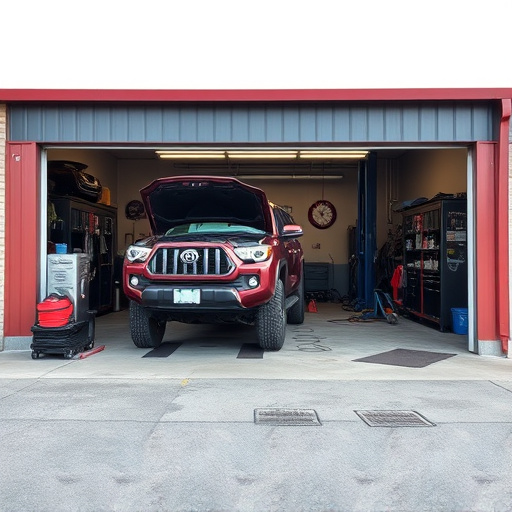
When it comes to addressing common issues with a Mercedes rear light assembly, several problems tend to recur among vehicle owners. One frequent issue is malfunctioning or burnt-out bulbs, which can be easily replaced but require proper tools and knowledge. If you’re unsure about this task, consider seeking help from an auto repair near me – professionals skilled in handling such repairs quickly and efficiently.
Another prevalent problem involves loose or damaged wiring within the assembly. Hail damage repair might have caused these issues, leading to flickering lights or complete failure of the system. A thorough inspection is key to identifying damaged components, whether it’s frayed wires from a previous collision or more subtle signs of wear over time. Proper car body restoration techniques can restore not just your Mercedes rear light assembly but also ensure optimal safety and lighting performance for years to come.
Accessing and Replacing Rear Lights: A Step-by-Step Guide
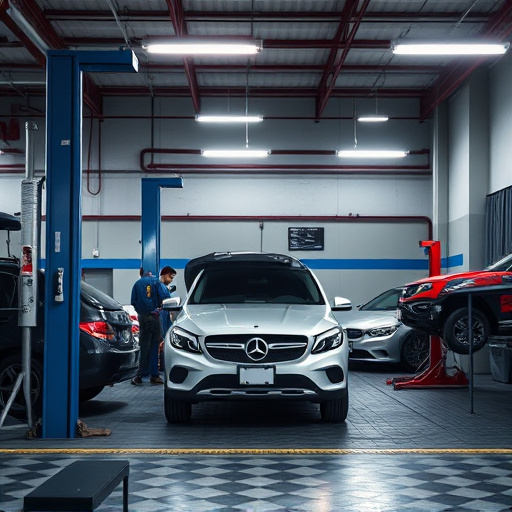
Accessing and replacing the rear lights on a Mercedes involves a few key steps. Start by locating the rear light assembly, typically found at the back of the vehicle near the bumper. This process may vary slightly depending on the specific model year and type of Mercedes you have, so consult your owner’s manual for detailed instructions. Once located, secure the vehicle on a jack stand for safety during work.
Remove any existing outer protective covers or trim to gain access to the rear light bulbs and wiring harness. Carefully disconnect the harness from the bulb socket, taking note of its original orientation. Next, carefully pull out the old bulb(s) and install new ones, ensuring they are properly seated in the socket. Reattach the wiring harness and replace any covers or trim that were removed. Regular maintenance and timely replacement of rear lights are essential for both safety and vehicle aesthetics, particularly when it comes to high-quality vehicles like Mercedes. Remember, if you’re not comfortable performing this task yourself, consider reaching out to reliable car bodywork services for professional vehicle body repair.
Understanding the intricate details of your Mercedes rear light assembly is key to ensuring optimal safety on the road. By familiarizing yourself with its structure, common issues, and replacement processes, you empower yourself to maintain this vital component effectively. Remember, a well-functioning Mercedes rear light assembly not only enhances visibility but also plays a crucial role in preventing accidents, making it a fundamental aspect of your vehicle’s maintenance routine.



